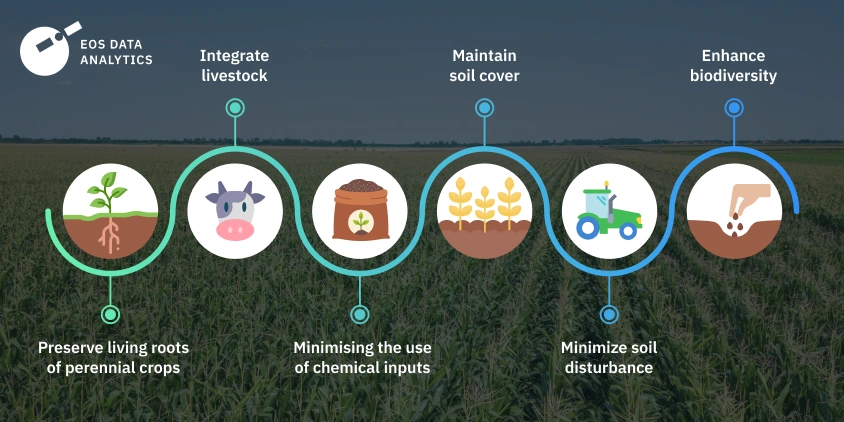Clean Label Movement: Communicating Flavour Transparency to Consumers
- Digital Marketing
- Jun 12
- 3 min read
In recent years, the global food and beverage industry has witnessed a paradigm shift. Consumers are no longer satisfied with just the taste and packaging of what they consume—they want to understand what goes into their food. This growing demand for honesty and simplicity has birthed a powerful trend: the Clean Label Movement. At its core, this movement promotes the use of fewer, simpler ingredients and increased transparency in labeling, especially regarding flavours—one of the most elusive and misunderstood components in processed foods.

What is the Clean Label Movement?
The Clean Label Movement refers to the consumer-driven push for food and beverage products made with ingredients that are recognizable, minimally processed, and free from artificial additives. It’s not a regulated term, but it reflects a shared consumer desire for clarity and purity in their food choices. Ingredients that sound chemical or synthetic—like monosodium glutamate (MSG), artificial colourants, or artificial flavours—are increasingly being replaced by "clean" alternatives such as plant extracts, natural colours, and real fruit or spice-based flavours.
This shift is not just about removing "bad" ingredients. It is also about building trust with the consumer by being transparent about what is used, especially when it comes to flavours—a category often shrouded in mystery.
Why Flavour Transparency Matters
Flavours play a pivotal role in consumer preference. From tangy lemon drinks to smoky barbecue chips, flavours define the eating experience. However, the term “flavour” on a label—especially when qualified as “natural” or “artificial”—often leaves consumers confused. “Natural flavour” may still involve complex extraction processes, while “artificial flavour” often triggers negative perceptions, even if the safety profile is proven.
In the age of clean eating, consumers want to know:
What ingredients are used to create the flavour?
Are the sources plant-based or synthetic?
Is the flavouring derived using clean processes?
Communicating flavour transparency effectively helps brands establish credibility and meet the demand for more ethical, natural, and authentic products.
How Brands Can Communicate Flavour Transparency
1. Simplify the Ingredient List Consumers are more likely to trust products with fewer and familiar ingredients. Replacing ambiguous entries like “flavouring” with specific descriptions such as “lemon peel extract” or “rosemary oil” builds trust.
2. Highlight Natural Sources If a flavour comes from natural sources—like vanilla bean extract instead of artificial vanillin—say it clearly. Use packaging real estate to call attention to these natural sources.
3. Be Honest About Processing Even naturally derived flavours can involve technical processes. Brands embracing the clean label ethos should be honest about this, perhaps through FAQs on their website or QR codes leading to digital transparency pages.
4. Educate Through Storytelling Use your platform—whether social media, product packaging, or in-store displays—to tell the story behind the flavour. For instance, “crafted with sun-dried Sicilian lemons” is more engaging than just “lemon flavour.”
5. Obtain and Display Certifications Certifications such as “Non-GMO,” “USDA Organic,” or “No Artificial Flavours” reinforce the clean label image. These badges quickly communicate compliance with consumer expectations for quality and transparency.
The Business Benefits of Clean Flavour Labels
Adopting clean flavour practices isn’t just a moral win—it makes business sense.
Brand Loyalty: Trust is currency in today’s marketplace. When consumers believe in the integrity of your product, they’re more likely to return.
Premium Pricing: Products with clean, natural labels often command higher prices, as they are perceived to offer better quality.
Market Expansion: Clean label offerings cater to a broader market—such as health-conscious eaters, vegetarians, or allergy-sensitive consumers.
Challenges in Clean Label Flavouring
Of course, achieving clean flavour transparency isn’t without its hurdles.
Regulatory Confusion: Terms like "natural" and "artificial" vary in definition across different markets and regulatory bodies.
Supply Chain Limitations: Sourcing truly natural, sustainably processed flavour components can be more expensive and less reliable.
Shelf-Life and Stability: Natural flavours often have shorter shelf lives and can behave unpredictably compared to their artificial counterparts.
Yet, as technology advances and consumer demand grows, these obstacles are becoming increasingly manageable. New extraction techniques, better preservation methods, and innovation in natural stabilisers are making clean label flavouring more viable than ever.
The Future of Flavour Transparency
As consumers become more informed and vocal, the Clean Label Movement will continue to evolve. AI-driven food traceability, blockchain in supply chains, and interactive packaging are some innovations that can take flavour transparency to the next level. Brands that embrace this future—not just by removing synthetic elements but by proactively sharing their flavour stories—will likely lead the market.
Conclusion
The Clean Label Movement represents more than a dietary trend; it is a cultural shift toward honesty, simplicity, and responsibility in food production. For brands, this means that flavour transparency is no longer optional—it’s a strategic imperative. By embracing clear communication, ethical sourcing, and consumer education, businesses can not only meet the demands of the modern consumer but also build lasting trust and brand loyalty in an increasingly health-conscious world.








Comments